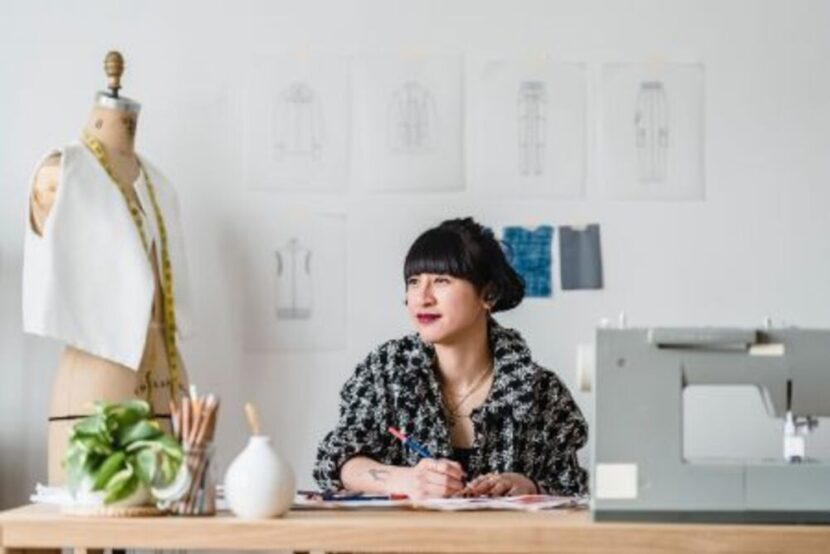You may have heard that a sewing machine can be used for many different purposes, such as making clothes, bedding, quilts, or even feeding dogs. We’ll be looking at just a few of its capabilities in this article.
Basic parts
It is important to know the basics of a sewing machine before you buy. This will allow you to get the most out of your machine and make the most of its features.
The most basic part of a sewing machine is the needle. This is a sharp, metallic material that penetrates fabric to form stitches. There are many different types of needles available for different purposes. For instance, short stitches are used on slick fabrics while longer stitches are used for gathering.
The bobbin is an essential part of a sewing machine. It is a small spool that holds the thread in place and is held in place with a bobbin bag. Bobbins can also be made from metal, plastic, or wood. Look out for embroidery machine for beginners.
Bobbin case
The bobbin case is an essential part of sewing. It not only helps to maintain the bobbin in place, but also assists the user with keeping the thread a constant distance from the needle. A bobbin case should be replaced every once in a while to prevent it from breaking or causing other problems.
Bobbin cases come in two major types. There are two main types of bobbin case: plastic and metal. For the most part, people will use plastic bobbin cases with their machines. These tend to bulge more than metal bobbins.
Needle camp
Needle camp for sewing machine use will teach you how to properly use your machine. This includes selecting the right needles. Also, you will learn about life skills and math. During the week, you will make an easy project designed for your age group. You will also receive a weekly supply kit and patterns.
The correct size of needle depends on your fabric type. Typically, you will need a large needle for heavyweight fabrics, while a medium size is for lighter weight ones.
You will need a needle made for sewing synthetic fabrics. Usually, you will need to change your needles halfway through your project.
Presser feet
A sewing machine can be used to make many different items. Sewing can be both therapeutic and fun. However, you may need to replace your presser foot from time to time. You can consult your machine’s manual if you aren’t sure which type to choose.
Sewing machines typically come with many different types of presser feet. These feet can be used to do everything, from sewing straight stitches and quilting to attaching bias tape to a fabric collar. But there are also specialty feet that can help you do more advanced techniques. Some feet even snap on to the machine.
Thread spool pin
A thread spool pin can be a great way to avoid common threading problems that can lead to frustration. The spool pin holds your thread spool in place and prevents it yanking off of the machine. This is an essential part of any sewing machine.
In most machines, the spool pin is located on the right hand side. However, some manufacturers may use different types of pins. These include horizontal and vertical spool pins.
It is important to follow the instructions when threading a sewing machine. Your sewing machine may jam or even stop if the spoolpin is bent. Fortunately, there are ways to repair a broken spool pin.
Stitching a straightline
It’s a good idea for beginners to learn how to sew straight lines on a sewing machine. Straight lines are important for joining two pieces of fabric or making hems. Although it’s not an easy skill to master it’s not impossible. It’s important to practice and be familiar with your sewing machine.
Most modern sewing machines have a seam guide on the footplate. This allows you see how much space you have for a particular stitch.
You can also use a tape or special chalk to mark the line. It’s a good idea to practice with an old pillowcase to help you get the hang of it.
Feeding dogs
When sewing, you will want to use your sewing machine’s feed dogs to grip the fabric and maintain consistent threading. Feed dogs are small metal teeth that sit on the stitch plate underneath the presser foot.
There are different types of feed dogs, and each has different functions. Some work better on heavier fabrics than others. Two to three small metal bars are usually used.
You can adjust the height of your feed dogs with hex keys. A feed dog’s height is usually 1.2mm. If the height of your feed dog is too high, you might have problems with skipped stitches. You might also have problems with uneven threading if your feed dog is too tall.

